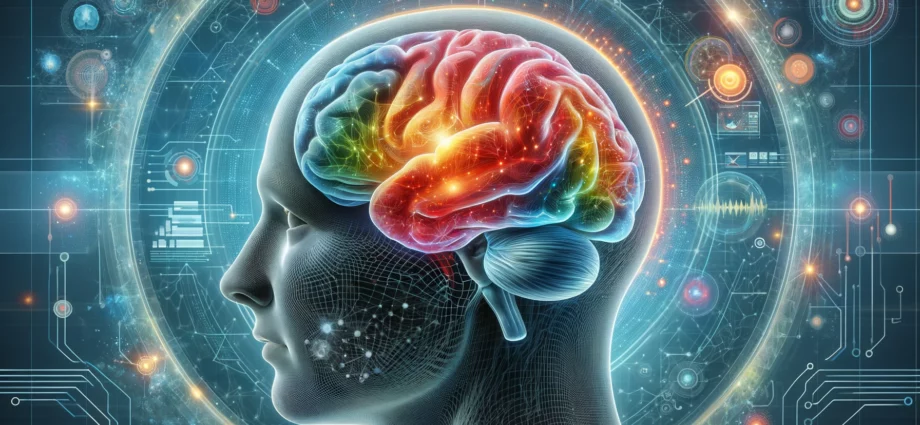A novel brain implant uses AI to translate a stroke survivor’s brain activity into sentences, enabling bilingual communication and language switching.
Main Points:
- Scientists at the University of California, San Francisco, have created a bilingual AI brain implant that allows a stroke survivor to communicate in Spanish and English.
- This implant, developed by nearly a dozen researchers, decodes brain activity into sentences, helping the patient, Pancho, who was severely paralyzed by a stroke, to switch between languages seamlessly.
Summary:
Researchers from the University of California, San Francisco, have developed a pioneering AI brain implant that enables a stroke survivor named Pancho to communicate in both Spanish and English. The implant, designed by a team from the Center for Neural Engineering and Prostheses, uses neural network technology to decode Pancho’s brain activity into sentences displayed on a screen. This allows him to participate in bilingual conversations for the first time since his stroke in the early 2000s left him severely paralyzed.
The project, led by Dr. Edward Chang, started with a neural implant in 2019. Initially, the technology only restored Pancho’s ability to communicate in English. By leveraging cortical activity across both languages, the researchers successfully trained the implant to handle bilingual communication without separate language-specific systems. This development highlights the potential of AI-driven neuroprosthetics to restore natural communication abilities in bilingual individuals with paralysis.
Source: Bilingual AI brain implant helps stroke survivor communicate in Spanish and English
Keep up to date on the latest AI news and tools by subscribing to our weekly newsletter, or following up on Twitter and Facebook.







